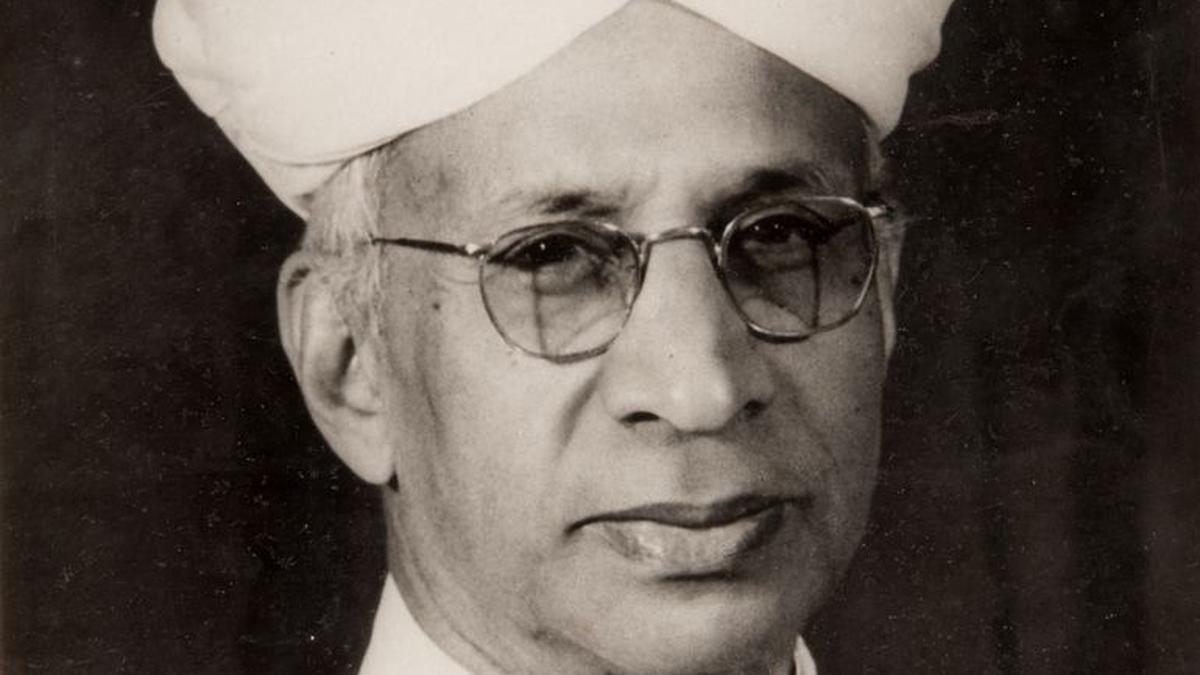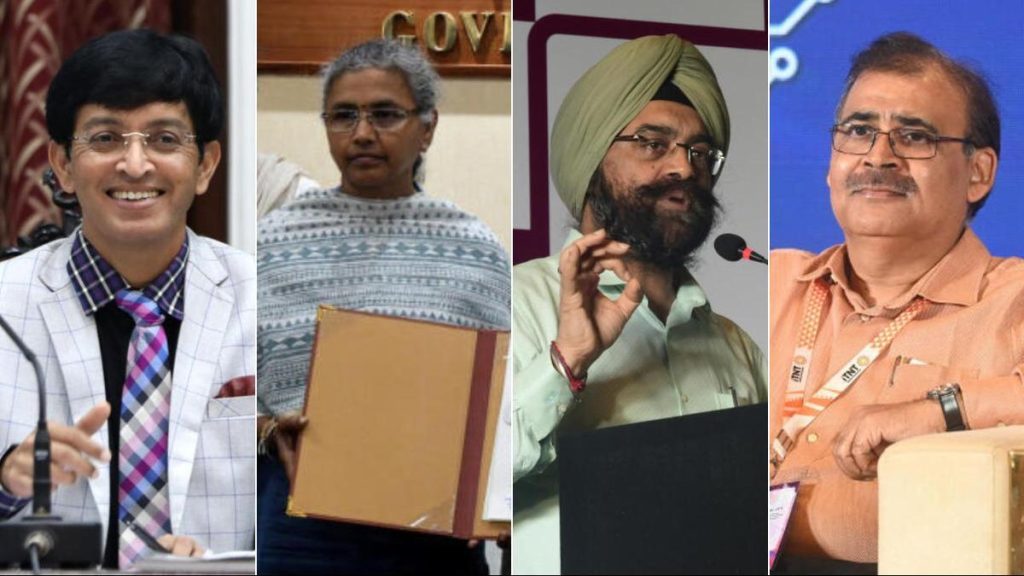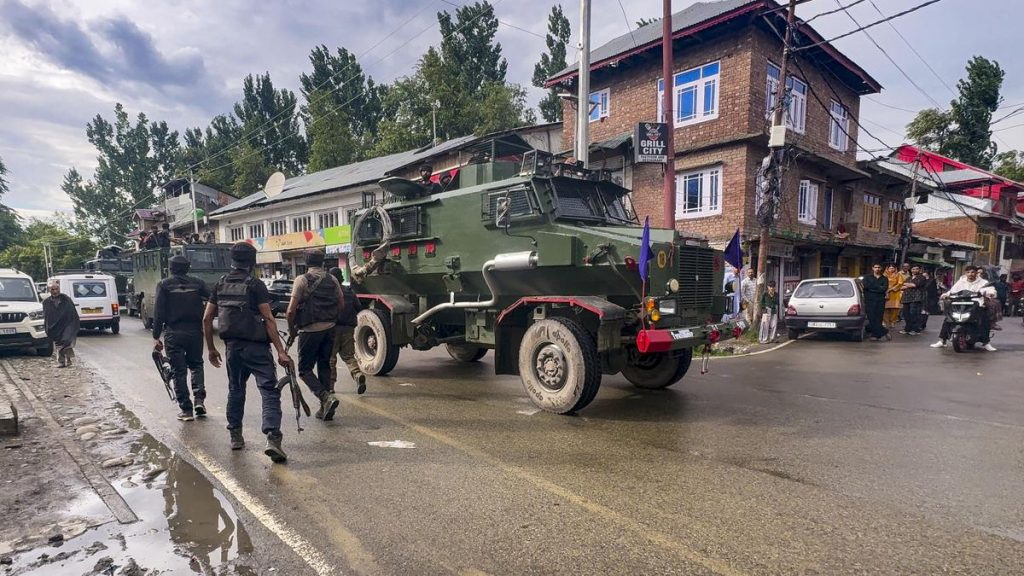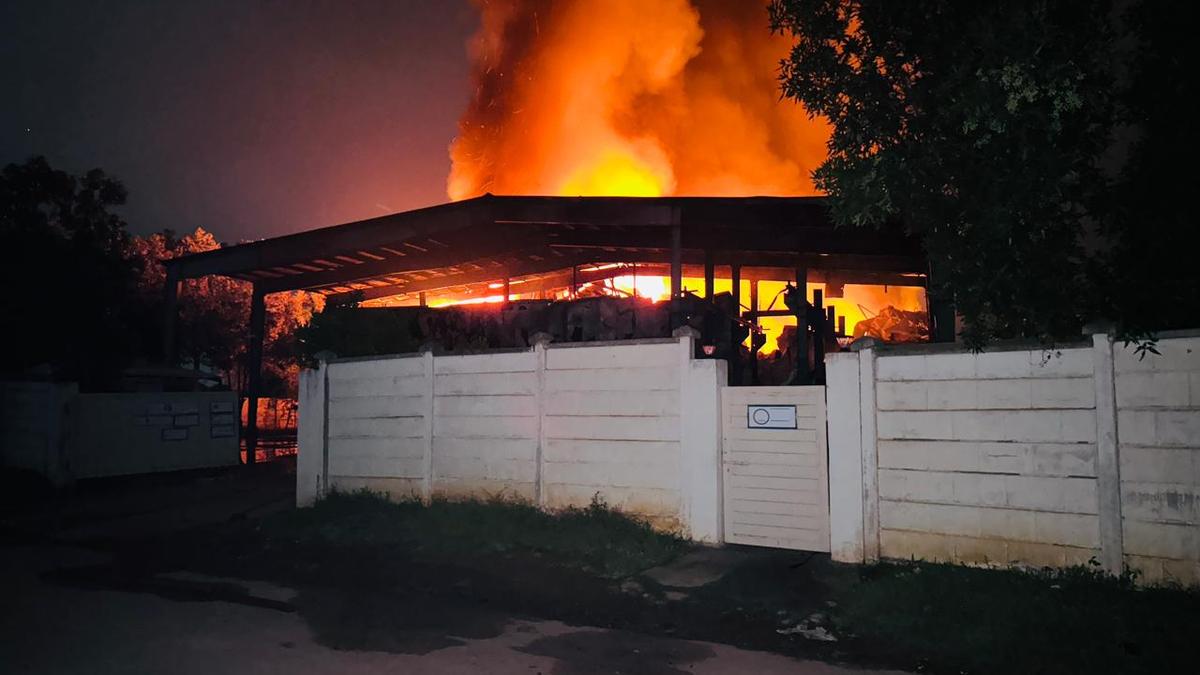Now Reading: Bengal’s Prestigious College Teachers’ Union Marks 100 Years
-
01
Bengal’s Prestigious College Teachers’ Union Marks 100 Years
Bengal’s Prestigious College Teachers’ Union Marks 100 Years

Quick Summary:
- Event: The West Bengal College and University teachers’ Association (WBCUTA) marked its centenary celebrations on August 3 at Rajabazar Science College in Kolkata.
- Historical Highlights:
– Initially established in 1926 as the All Bengal College and University Teachers’ Association in Calcutta, later renamed WBCUTA post-Partition.
– Key leaders included luminaries like Dr. Sarvepalli Radhakrishnan,Dr. C.V. Raman, Acharya Prafulla Chandra Ray, and Dr. Meghnad Saha.
- Operating Principles:
– Represents diverse political ideologies through a democratic structure without being a front for any specific political faction.- Emphasizes education as both vocation (“britti”) and mission (“brata”), as articulated by Prafulla Chandra Ray.
- Unique Practices: Incorporates defeated panel members into executive elections to ensure diverse representation and uses referendums for decision-making processes.
- Challenges & Goals:
– Continues to combat corporate,communal forces while promoting democratic rights and higher education amidst increasing sociopolitical pressures.
Indian Opinion Analysis:
The centenary celebrations of WBCUTA underscore the enduring relevance of democratic organizations rooted in india’s academic ecosystem. While only some associations remain non-partisan over decades, WBCUTA’s ability to include diverse ideological representations has fostered cohesion among educators with varying beliefs-mirroring India’s principle of “Unity in Diversity.” this organizational model may inspire other entities striving for democratic governance.
Its focus on higher education as a mission reflects larger implications for India’s academic framework amidst threats from divisive forces. With corporate influence expanding globally within educational sectors, groups like WBCUTA provide checks that align education more closely with societal goals rather than commercial interests.
The history highlighted-featuring leading lights like Dr. Radhakrishnan-is also emblematic of India’s intellectual legacy governing policy-oriented reforms.As regional disparities rise across states today concerning access to quality higher education, platforms such as WBCUTA may need innovative approaches to address emerging challenges effectively within their evolving role.
Read more: Original Source
























